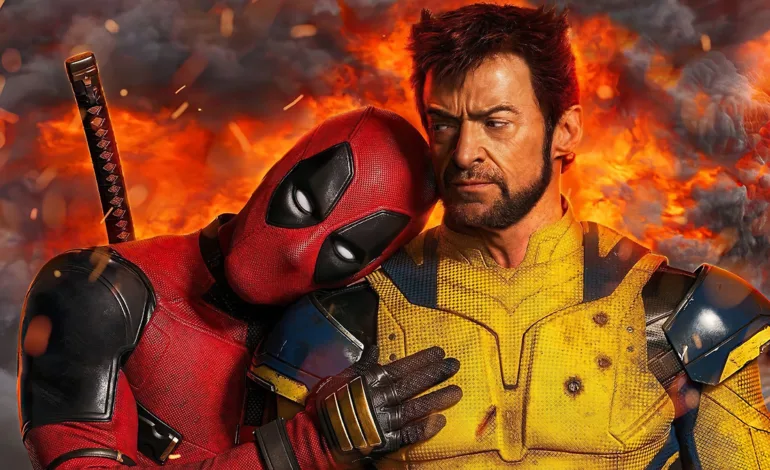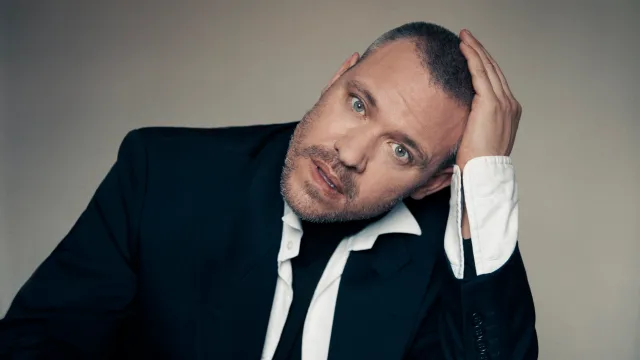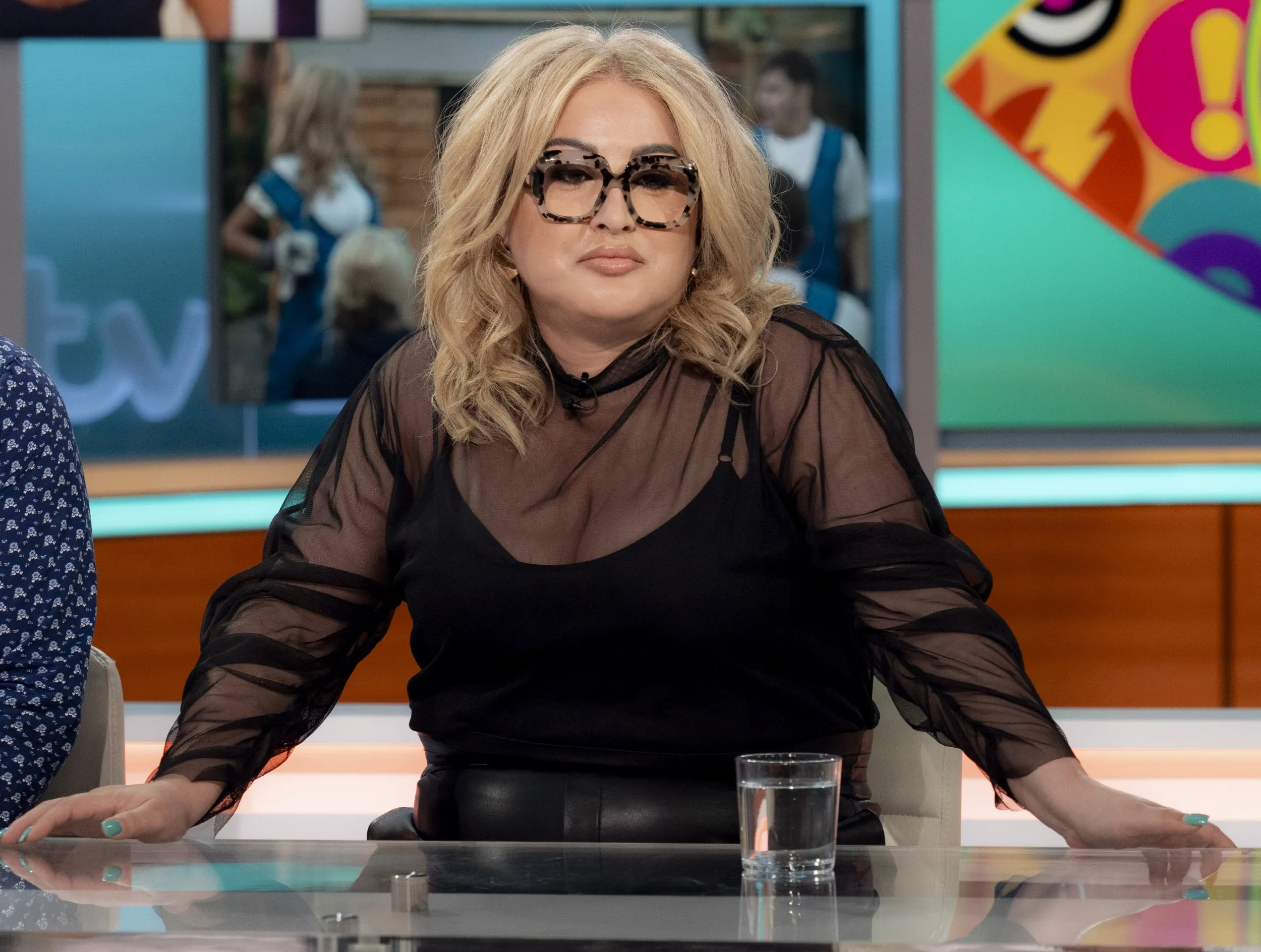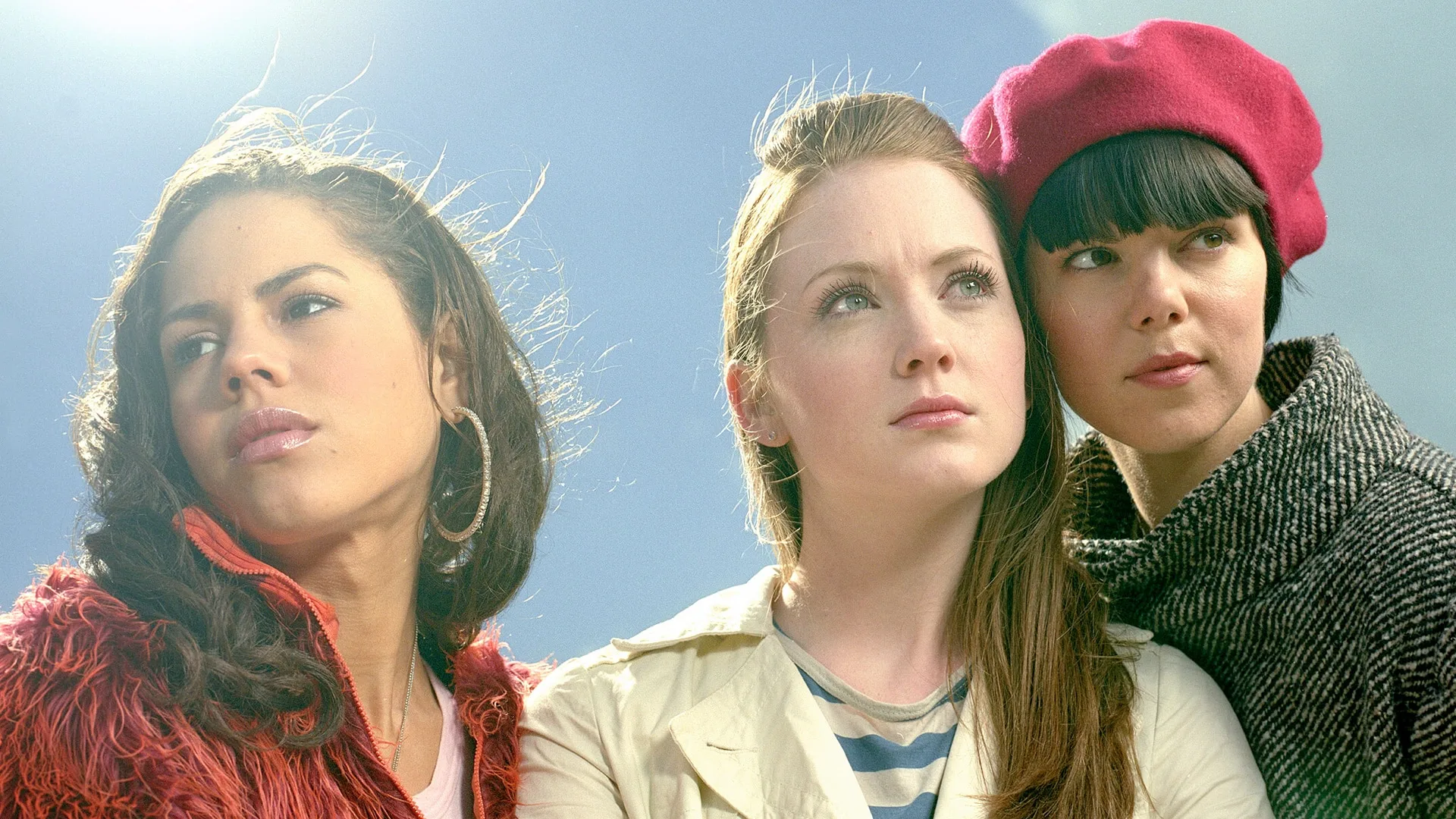
“Deadpool 3: The Misguided Quest for LGBTQ+ Credibility in Spandex”
Deadpool’s Whimsy vs. Marvel’s LGBTQ+ Milestones
Last month, Deadpool 3 made its grand debut with Ryan Reynolds and Hugh Jackman back in action, aiming to rejuvenate the Marvel Cinematic Universe, which has been grappling with superhero fatigue and declining box office returns. The film’s attempt to rekindle excitement, reminiscent of the buzz surrounding Spider-Man’s multiverse encounter in Spider-Man: No Way Home, brought together Deadpool’s irreverent humour and Wolverine’s brooding allure. However, the film’s treatment of humour, particularly in relation to LGBTQ+ themes, has sparked mixed reactions.
The marketing campaign for Deadpool 3 hinged on a singular, and at times tiresome, gag: Deadpool’s exaggerated infatuation with Wolverine. From the very first poster, which depicted Deadpool and Wolverine’s masks as parts of a broken heart necklace with the tagline “come together,” it was clear that the film was leaning heavily into a joke about their supposed romantic connection. This imagery, reminiscent of outdated internet humour, suggested a bromance with a twist that felt more like a throwback to less enlightened times.
Deadpool’s humour, characterised by its boundary-pushing and self-aware nature, might seem well-suited to handling irreverent jokes about his own pansexuality. The film’s running gag about Deadpool’s flirtatious advances towards Wolverine fits within his established persona of absurdity and meta-commentary. For fans, these jokes might represent a continuation of Deadpool’s cheeky humour, mixing absurdity with playful jabs at traditional masculinity.
However, this approach has not been without its critics. Observers have noted that while the sexualized bromance is not overtly homophobic, it leans into tired stereotypes. The humour often relies on the premise that close male friendships must romanticize, implying that men expressing affection is inherently comedic. This reliance on such clichés risks reducing the complexity of male relationships to mere punchlines, potentially coming off as outdated or insensitive.
In contrast, Marvel’s handling of LGBTQ+ characters like Iceman, Hulkling, and Wiccan provides a more substantial and nuanced representation. Iceman, one of the original X-Men created by Stan Lee and Jack Kirby, was revealed as gay in 2015’s All-New X-Men #40. This development added a profound layer to Bobby Drake’s character, offering a relatable and thoughtful portrayal of self-acceptance and personal growth. Iceman’s coming out story represents a significant milestone in LGBTQ+ representation within mainstream comics, showcasing a mature and impactful exploration of identity.
Similarly, Hulkling, introduced in Young Avengers #1 in 2005, is known for his superhuman strength and shapeshifting abilities. As an openly gay character, Hulkling’s relationship with Wiccan has become one of Marvel’s most prominent LGBTQ+ romances. Their partnership adds depth to both characters and highlights a loving and complex relationship within the superhero genre, contributing significantly to positive LGBTQ+ representation.
Wiccan, also introduced in Young Avengers #1, is a powerful magic user and the son of the Scarlet Witch. The comic portrays his openly gay identity and relationship with Hulkling with nuance and affection, positively depicting LGBTQ+ love and identity. The portrayal of Wiccan’s romance with Hulkling enriches Marvel’s roster of characters, providing readers with a meaningful exploration of love and super-heroism.
While Deadpool 3 may entertain with its whimsical and exaggerated humour, particularly regarding LGBTQ+ themes, it achieves this by being irreverent. Deadpool’s brand of comedy, rooted in pushing boundaries and eliciting laughs, contrasts sharply with the more respectful and impactful portrayals of LGBTQ+ characters like Iceman, Hulkling, and Wiccan.



